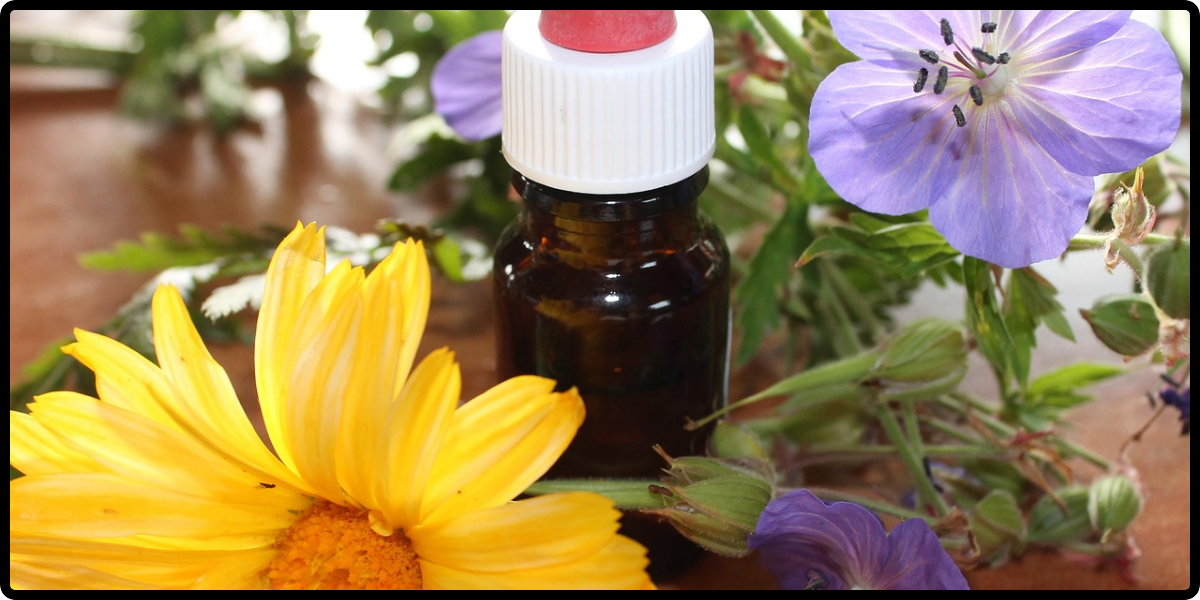Air-PURIFYING Plants”: Purify and Refresh

Introduction: Air Purifying plants emerge as natural heroes. These botanical wonders not only add a touch of green to your living spaces but also play a pivotal role in purifying plants and refreshing the air we breathe. In this blog post, we’ll explore the interesting world of air-purifying plants, their advantages, and how you may use them in your living or working spaces.
1. Rubber Plant (Ficus elastica):
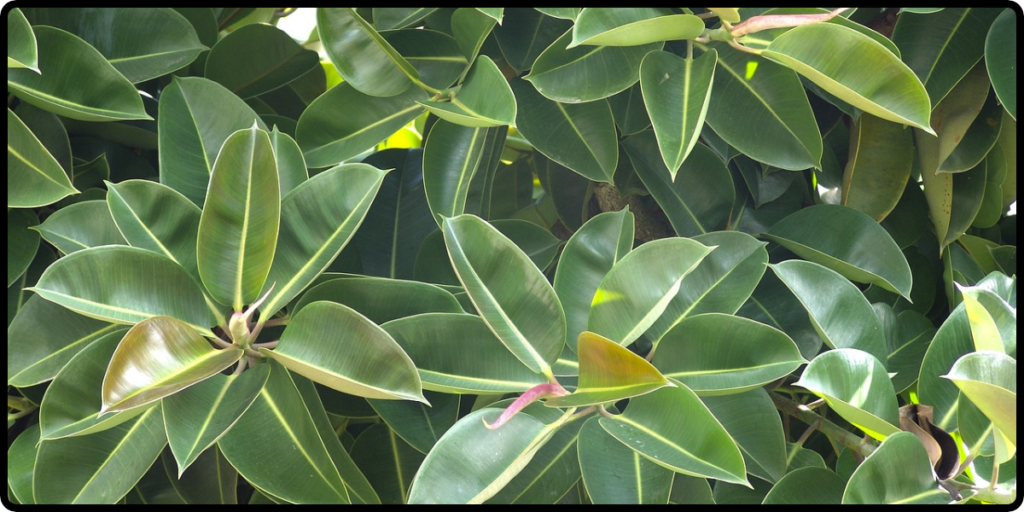
Introduction: In the realm of indoor plants, the rubber plant (Ficus elastica) truly steals the show. It adds an air of refinement to any living room with its substantial, glossy foliage and commanding presence. But the rubber plant’s beauty is just the beginning; it also has amazing resilience and air-purifying properties. In this article, we’ll examine the alluring characteristics of the rubber plant, its maintenance requirements, and the factors that have led to its popularity among gardeners.
Making the Rubber Plant Public:
- The deep green, oval-shaped leaves of the rubber plant are distinctive for being glossy and eye-catching. This plant, which is native to Southeast Asia, is frequently planted inside because of its aesthetic appeal and ability to filter the purifying environment.
- The rubber plant’s advantages include:
- Power to Purify the Air: Due to its capacity to filter out typical indoor air pollutants like formaldehyde and airborne toxins,https://en.wikipedia.org/wiki/Air_pollution The rubber plant is a great addition to your home’s air-purifying environment. As a result, it acts as a natural air cleaner and promotes a better living environment.
- Visual Attraction: The rubber plant is a statement piece that instantly improves the aesthetics of any space thanks to its enormous leaves and graceful growth pattern.
- Adaptability: The rubber plant is a good choice for beginners or people with busy schedules because it is quite forgiving when it comes to maintenance blunders.
- Stand-Alone Elegance in Rubber Plant Styling: A single rubber plant can draw interest and establish itself as the center of focus in your space.
- Pairing with Plant Friends: To create a lush and varied show, pair your rubber plant with other indoor plants. Rubber Plant
- Decorative Pots: Pick pots that go with your décor and improve the plant’s overall aesthetic appeal.
Conclusion: The rubber plant is a great addition to any indoor environment due to its combination of aesthetic appeal, air-purifying plants characteristics, and toughness. The rubber plant can grow with proper care, so whether you’re an experienced or novice gardener, it will continue to beautify your surroundings for years to come.
2. ZZ Plants:
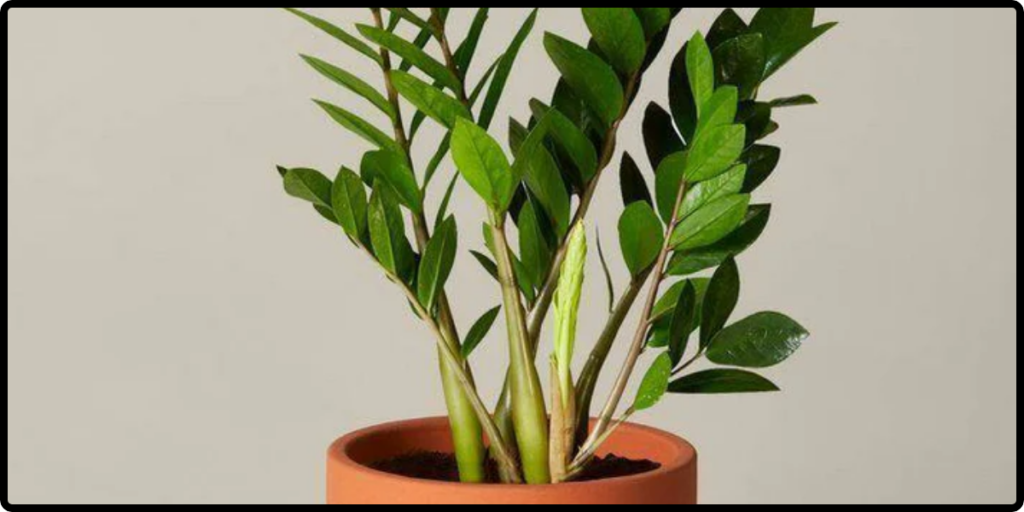
Introduction of air-purifying plants:
With its fascinating name and gorgeous appearance, the ZZ plant (Zamioculcas zamiifolia) has become a well-liked indoor plant. The ZZ plant has won the hearts of both new and seasoned plant enthusiasts thanks to its durability and air-purifying abilities. In this thorough tutorial, we’ll delve into the fascinating world of ZZ plants, learning about their special qualities, maintenance needs, and advantages for indoor environments.
A Closer Look at ZZ Plants: The ZZ plant, also called the “Zanzibar Gem,” has glossy, dark-green leaves that sprout in pairs, giving any space an architectural touch. This plant, which is native to East Africa and has evolved to live in arid environments, is a fantastic option for those who might not have a green thumb.
- Gains from ZZ Plants:
Power for Air Purifying plants: The ZZ plant is an excellent air cleaner in addition to being a lovely addition to your decor. By efficiently removing contaminants including xylene, toluene, and benzene, it can enhance indoor air quality and foster a better living environment. - Easy to Maintain: The ZZ plant is a dream come true for people who are busy or who are new to caring for plants. It is a hardy option that grows with little care due to its tolerance for low light and infrequent watering.
- Resistance to drought: The ZZ plant has a remarkable capacity to store water in its rhizomes as a result of its natural habitat. This indicates that it can endure times of neglect and still seem luxuriant.
- ZZ Plants: A single, fully established ZZ plant can create a striking impression in any space.
- Group Arrangements: Group several ZZ plants of various heights together to add visual interest.
- Decor accents: To improve the overall look, use beautiful pots that go well with your interior design. Mindful Consumption: Choosing Sustainable Products for a Healthier Future
Conclusion: The ZZ plant is a fantastic complement to any indoor environment thanks to its special combination of elegance, air-purification ability, and low maintenance needs. The ZZ plant is an excellent choice that promises to grow and improve your living environment, regardless of whether you are an experienced plant lover or are just beginning your plant journey.
3. Beauty and Elegance of Boston Ferns:
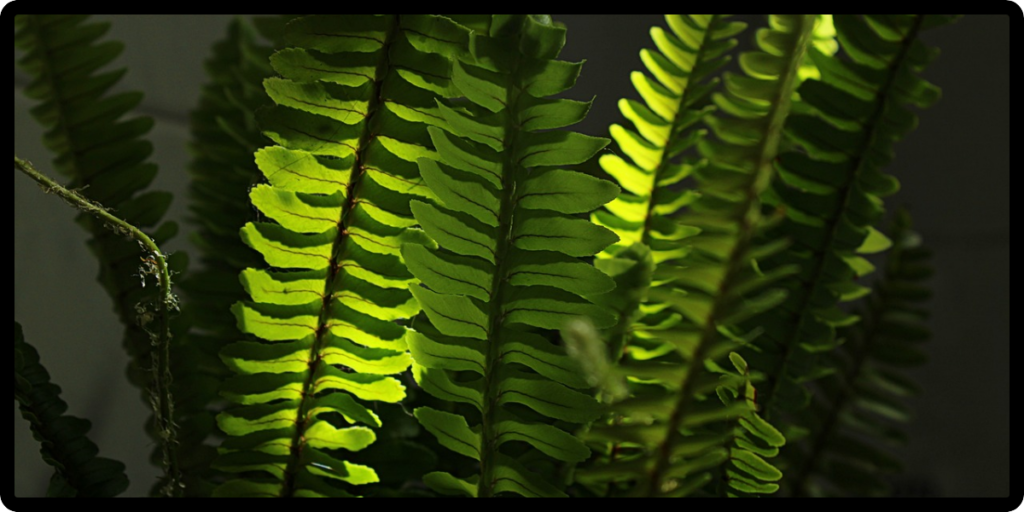
Nephrolepis exaltata, often known as the Boston Fern, is a great option if you want to add a touch of lush greenery while also enhancing the air quality. Pollutants like formaldehyde and xylene are effectively removed by it. But it needs a little more care, such as routine spraying, to keep the humidity level of air-purifying plants up.
Finding the Boston Fern: The Boston Fern adds a touch of beauty to any space with its delicate, arching fronds. This fern is native to tropical areas and has made a good transition to indoor settings, making it a common choice for homes and workplaces.
- Benefits of Boston Ferns:
- Air-Purifying Charm: The Boston Fern is well known for its air-purifying attributes, as it helps to enhance indoor air quality by eliminating pollutants like formaldehyde and xylene through natural filtration.
- Beauty Appeal: The Boston Fern adds a refreshing and calming presence to any environment with its brilliant green foliage and beautiful growth pattern.
- Regulation of humidity: Boston ferns transpire, a mechanism through which they expel moisture into the atmosphere and thrive in humid situations. This may aid in controlling indoor humidity levels.
- Anging Elegance: Boston Ferns’ styling In order to make a stunning display that attracts attention from above, put your Boston Fern in a stylish pot or macramé hanger.
- Tabletop Beauty: To bring a bit of nature to eye level, put your fern on a pedestal or stylish stand.
- Group Arrangements: Boston ferns can be used in group arrangements with other humidity-loving plants to produce a lush and colorful indoor haven.
Conclusion:
The Boston Fern’s timeless beauty, air-purifying prowess, and natural elegance make it a cherished addition to any indoor environment. Whether you’re a seasoned plant enthusiast or just beginning your plant journey, the Boston Fern’s ability to thrive with proper care ensures that these air-purifying plants will continue to enchant and refresh your living spaces for years to come.
4. Elegance of English Ivy:
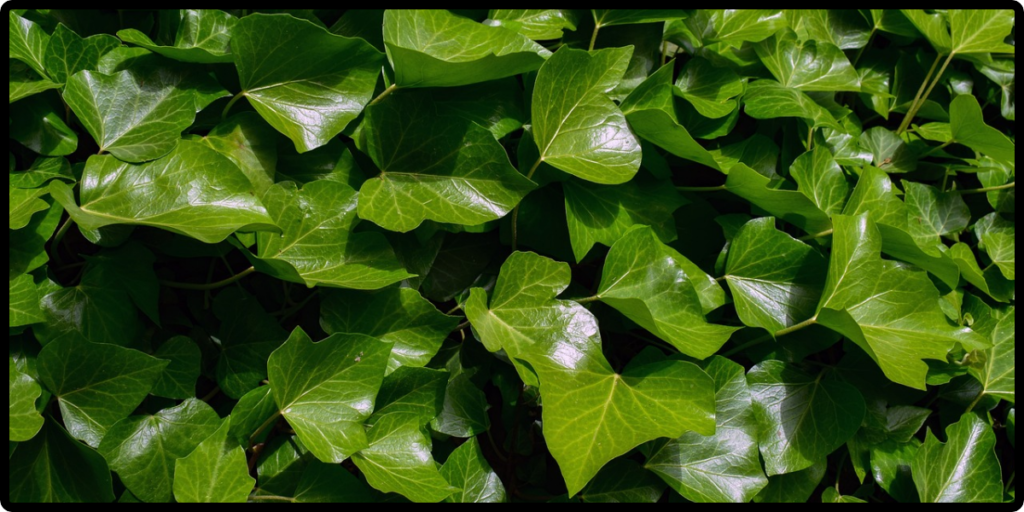
Introduction:
Hedera helix, sometimes known as English ivy, is a timeless and adaptable plant that has enchanted gardeners and home decorators for generations. This plant infuses any area with a sense of romanticism and natural beauty with its trailing vines and luscious foliage. In this article, we’ll look at the allure of English ivy, how to care for it, and the many advantages it has for both indoor and outdoor environments.
The Charm of English Ivy:
English Ivy is celebrated for its iconic trailing vines and glossy, deep-green leaves. It’s a popular choice for hanging baskets, trellises, and as a ground cover due to its adaptable growth habit.
- Benefits of English Ivy:
- Air purification: It does this by filtering out common indoor pollutants, including formaldehyde, benzene, and xylene. It helps create a better living environment by cleaning the air.
- Versatile Aesthetic Appeal: English ivy provides a touch of elegance and beauty to both indoor and outdoor areas, whether it is climbing a trellis or cascading from a hanging pot.
- Natural Cooling Effect: When grown outdoors, English Ivyhttps://en.wikipedia.org/wiki/Hedera_helix can provide a cooling effect, as its dense foliage helps shield against excess sunlight and heat.
Styling with English Ivy:
Hanging Beauty: Hang English Ivy in decorative pots or baskets to create a lush cascade of greenery.
Vertical Gardens: Train English Ivy to climb trellises, walls, or other vertical structures for a stunning living wall effect.
Indoor Elegance: Place English Ivy on shelves or windowsills to add a touch of nature to your interior decor.
In conclusion, English ivy is a charming addition to any area, whether indoors or outdoors. By following proper care guidelines and getting creative with its placement, you can enjoy the aesthetic allure and benefits that English ivy brings to your surroundings. Embrace the elegance of this iconic plant, and let its trailing vines and lush foliage elevate the ambiance of your home or garden.
- Instructions for Air-Cleaning Plants in Your Home: Here are general instructions for taking care of air-cleaning plants:
- Light: Different plants have varying light requirements. Some thrive in bright, indirect light, while others can tolerate lower light conditions Place your plants in a location that provides the appropriate amount of light based on their specific needs..
- Watering: Allow the top inch or two of soil to dry out before watering. Stick your finger into the soil to check moisture levels. Overwatering can lead to root rot, so ensure proper drainage and avoid letting the plant sit in standing water.
- Humidity: Some air-cleaning plants appreciate higher humidity levels. Regular misting or placing a tray of water near the plant can help maintain humidity.
- Temperature: Keep your plants within a suitable temperature range based on their preferences. Avoid exposing them to extreme cold or drafts.
- Fertilization: Feed your plants with a balanced, diluted fertilizer during the growing season (spring and summer). Follow the recommended frequency on the fertilizer label of air purifying plants.
- Pruning: Regularly remove any dead or yellowing leaves to promote healthy growth and prevent pests or diseases.
- Pest Control: Keep an eye out for pests like aphids, spider mites, and mealybugs. If you spot any, treat your plant with appropriate measures like insecticidal soap or neem oil.
- Repotting: As your plants grow, they may become root-bound or outgrow their pots. Repot them into slightly larger containers with fresh potting mix.
- Rotation: Rotate your plants occasionally to ensure all sides receive equal light exposure and prevent them from leaning toward the light source.
Remember that each plant is unique, so always refer to care instructions specific to the type of air-cleaning plant you’re growing. Regular attention and care will ensure that your air-cleaning plants thrive and continue to purify the air in your living space effectively.




